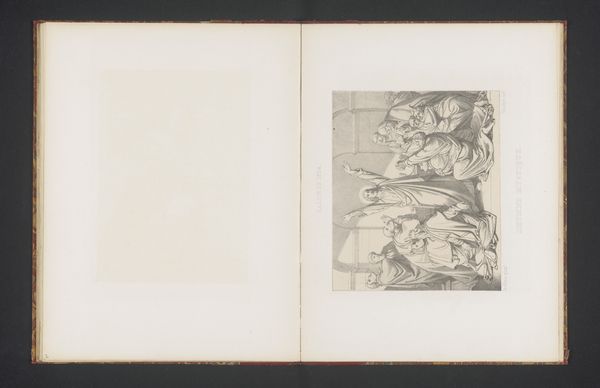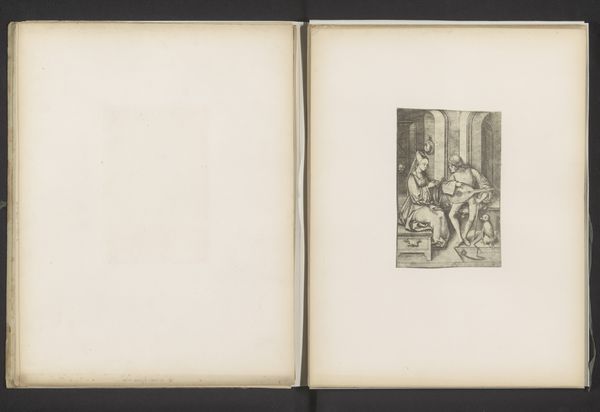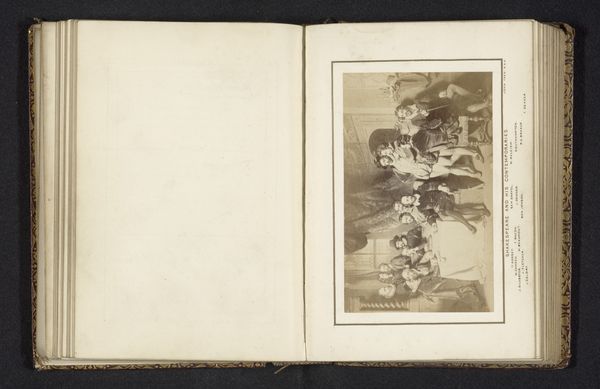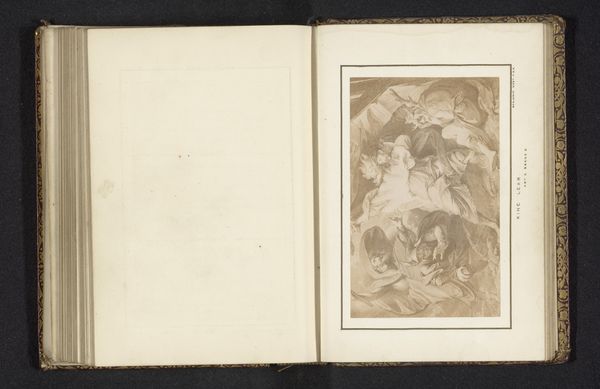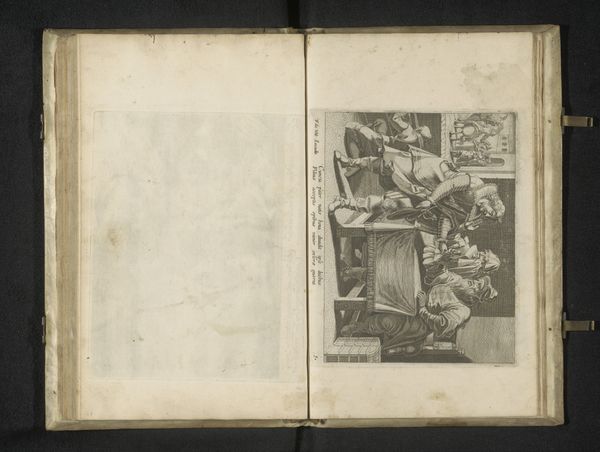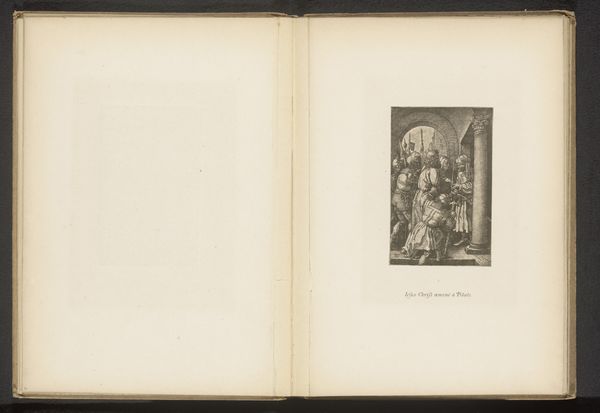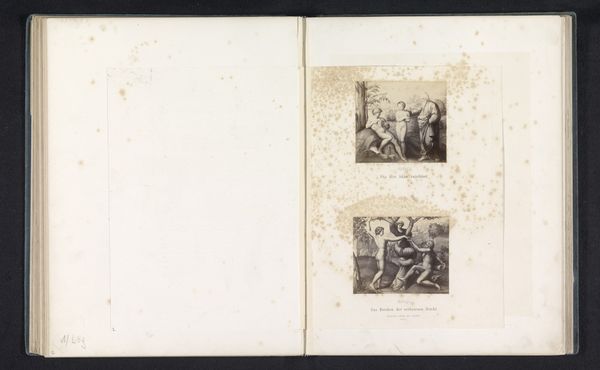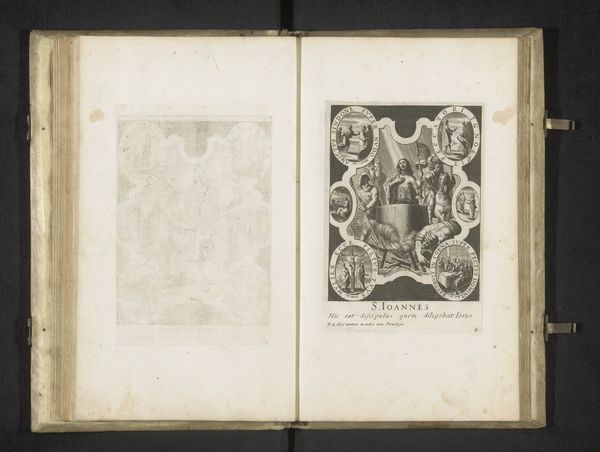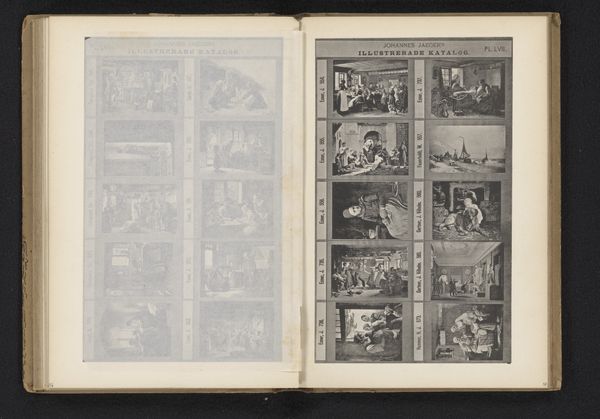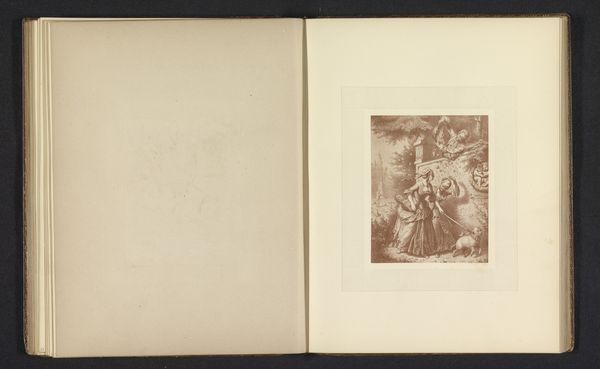
print, relief, paper, engraving
#
neoclassicism
# print
#
relief
#
landscape
#
figuration
#
paper
#
engraving
Dimensions: height 361 mm, width 270 mm
Copyright: Rijks Museum: Open Domain
Joseph Cundall produced these bas-reliefs of an offer for Ceres and bacchantische putti sometime in the 19th century. The work presents classical themes, reflecting the prevailing artistic and cultural interests of the period. In examining this image, we must consider the influence of classical antiquity on 19th-century European art. This involved a fascination with Greco-Roman mythology, philosophy, and aesthetics. The bas-reliefs depict Ceres, the Roman goddess of agriculture, and bacchantische putti, youthful followers of Bacchus, the god of wine, and through this, the work suggests the period's interest in agrarian prosperity, celebration, and perhaps even hedonism. These classical references were used to evoke a sense of grandeur and sophistication, aligning with the aspirations of the upper classes, whilst creating a sense of continuity with a glorious past. To fully understand Cundall's work, historians can consult archives, period literature, and studies of classical art. Art’s meaning isn't fixed, it shifts with the social and institutional contexts that shape its creation and reception.
Comments
No comments
Be the first to comment and join the conversation on the ultimate creative platform.

